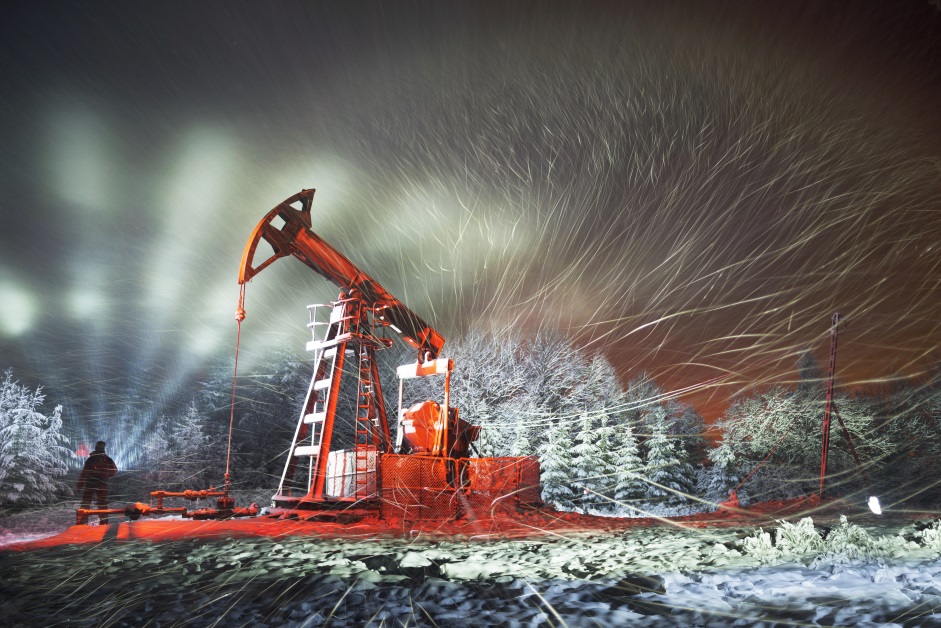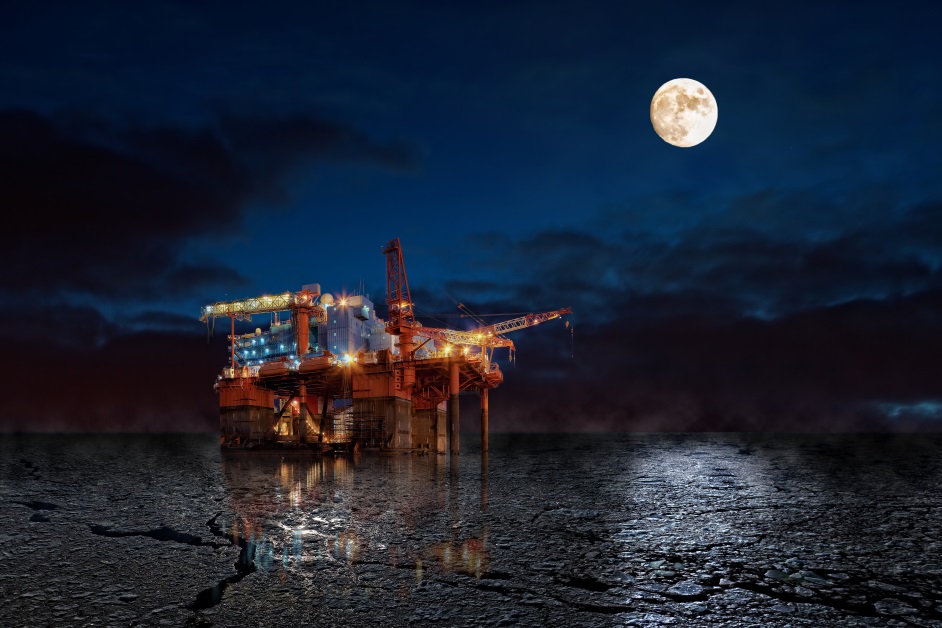Getting oil rigs ready for a tough winter is a balancing act between keeping employees safe and maintaining productivity. Winter’s effects make every operating hour critical, and essential personnel are allowed to stay aboard until just a few days before severe weather strikes. While the time before a storm can be quite hectic, these well-trained crews know how to remain professional under pressure. The following is a guide to how on- and off-shore drilling rigs get ready for the cold winter months.
Severe Weather Preparation
In preparation for winter, and in line with API standards, gas and oil companies must have multiple contingency plans to prevent business interruptions. For instance:
- It’s mandatory to evacuate non-essential workers
- Drill ships are moved to safer waters
- Regular weather warnings and updates must be issued
- Drilling operations must stop
- Wells are to be closed to prevent flooding, spills, and possible freezing
A winter windstorm can cause severe damage to critical equipment and infrastructure like pipes, terminals, storage facilities, generators, and docks. If the damage is significant, repairs must be done by technical experts who know which products to use. Normal operations can resume only when weather assessment reports give a favorable outlook.
Fighting Against Rough Winter Weather
While MSI Pipe Protection Technologies’ products are an invaluable part of the winter preparation process, other forms of technology play a role as well. Modern on- and off-shore drilling rigs are equipped with GPS systems that allow supervisors to monitor positions during and after storms and regain them if the oil rig is pulled away by high winds or wave activity.
Assessing Damage
Preparation is important, but no amount of prep work can prevent all storm damage. That’s why drilling operators practice special assessment procedures to determine whether sites are safe for personnel after a winter storm. Remobilization involves the gathering and inspection of assets to ensure that they’re safe to use during normal operations. Following a flyover assessment, small teams are sent to oil rigs to ensure that everything is in good working order.
The aforementioned GPS tracking ability makes it easier to find platforms and ships than it was in the past, but true difficulty comes in repairing equipment damaged by winter storms. It can take several days or even weeks to repair complex equipment, and crews sometimes have to work around the clock to get large drilling facilities back up and running.
Resuming Normal Operations
Winter weather can pose a significant threat to the United States’ position in the world oil market because of its effects on multiple production areas. High winds, freezing rain, and ice can adversely affect refining and production capacity on- and off-shore, which can cause a steep increase in gas and oil prices. Technology from MSI can help teams restore production capacity when used in conjunction with a rig’s lean manufacturing principles. When oil rigs continue producing right up until severe weather hits, and operations are restarted with small crews, such practices can recover a substantial amount of production time.

Count on MSI to Get Through Winter
As shown above, even in a snowstorm and with the right equipment, some oil rig drill sites are able to continuously operate. Gas and oil pipelines are an important part of the production process, and setting up and maintaining oil rigs are a significant investment. As such, they should get the best pipe protection products on the market. At MSI Pipe Protection Technologies, we lead in API standards; and as such, we provide top-quality products while keeping operators informed on topics relevant to the oil drilling industry. Looking for oilfield products? Request a FREE quote online, or call 877-276-9208 for orders and product line information.


